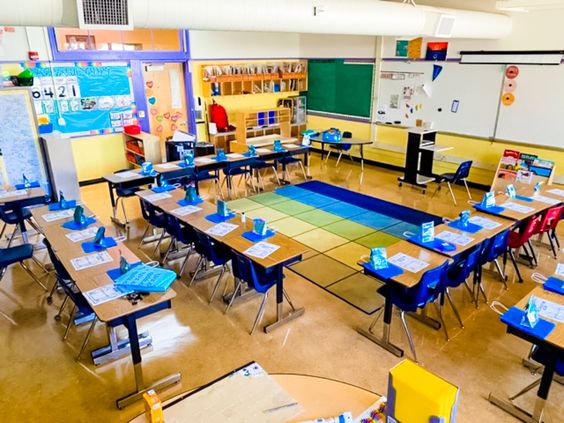Introduction:
As education settings continue to evolve, Social and Emotional Learning (SEL) has taken on ever greater importance. In virtual classrooms, teachers and school staff need to cultivate an environment for students to thrive and nurture their well-being. This article presents a ready-to-share staff meeting kit designed to help schools integrate SEL into their virtual classrooms.
Why SEL is Crucial in Virtual Classrooms:
Virtual classrooms present unique challenges for teaching social and emotional skills. Students may feel disconnected from their peers and teachers, leading to isolation or disengagement in learning. By incorporating SEL into the virtual classroom, educators can ensure that students develop important life skills while addressing these potential problems.
Key Components of the Ready-to-Share Staff Meeting Kit:
1. Presentation slides: The kit includes a comprehensive set of slides for leading a staff meeting on SEL in virtual classrooms. These slides provide an overview of the importance of SEL and introduce strategies for its implementation.
2. Guided Activities: A series of interactive activities allows staff members to engage with ideas and develop their understanding incrementally. Activities include group discussions, video demonstrations, and reflective exercises designed to encourage collaboration among staff members.
3. Implementation Resources: The kit provides resources for teachers to utilize after the meeting, such as lesson plan templates and a bank of online resources related to SEL techniques.
4. Evaluation materials: Feedback forms help gather valuable insights from participants regarding what they learned during the meeting and any concerns they may have. This input will help improve future iterations of the staff meeting kit.
5. Follow-up support: The ready-to-share staff meeting kit includes suggestions for reinforcing and monitoring the ongoing practice of SEL integration in virtual classrooms.
Benefits of Integrating SEL in Virtual Classrooms:
1. Enhanced Student Engagement: Incorporating SEL strategies can lead to increased communication between students and teachers, creating a more positive learning environment.
2. Improved Mental Health: Focusing on SEL can contribute to students’ emotional well-being, helping them cope with stress and anxiety through building resilience and self-regulation skills.
3. Stronger Relationships: A shared emphasis on SEL can foster a sense of community among staff and students, even in a virtual setting.
4. Academic Achievement: Integrating SEL into academic content can help students develop problem-solving and critical thinking skills, ultimately benefiting their overall academic performance.
Conclusion:
As educators continue adapting to the demands of virtual classrooms, it’s crucial to prioritize the integration of SEL for the betterment of students’ academic and emotional well-being. This ready-to-share staff meeting kit can empower schools to introduce and sustain effective SEL practices in their virtual classrooms, fostering a more inclusive and supportive learning environment for all.











